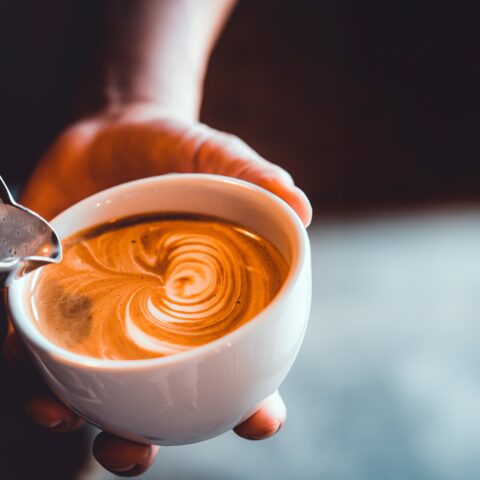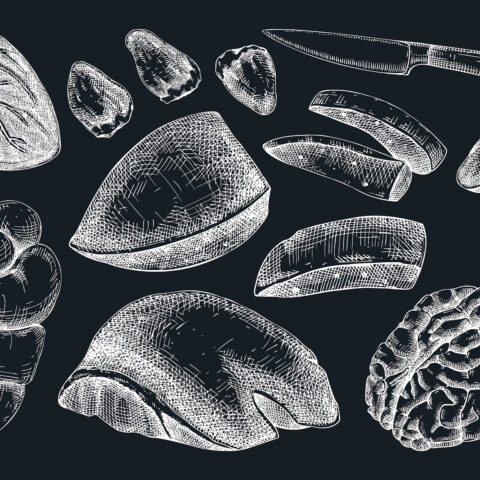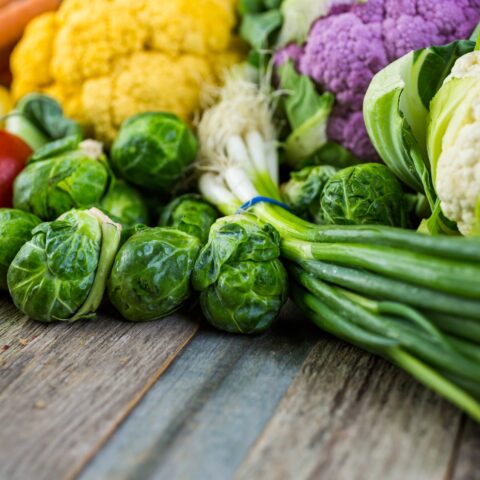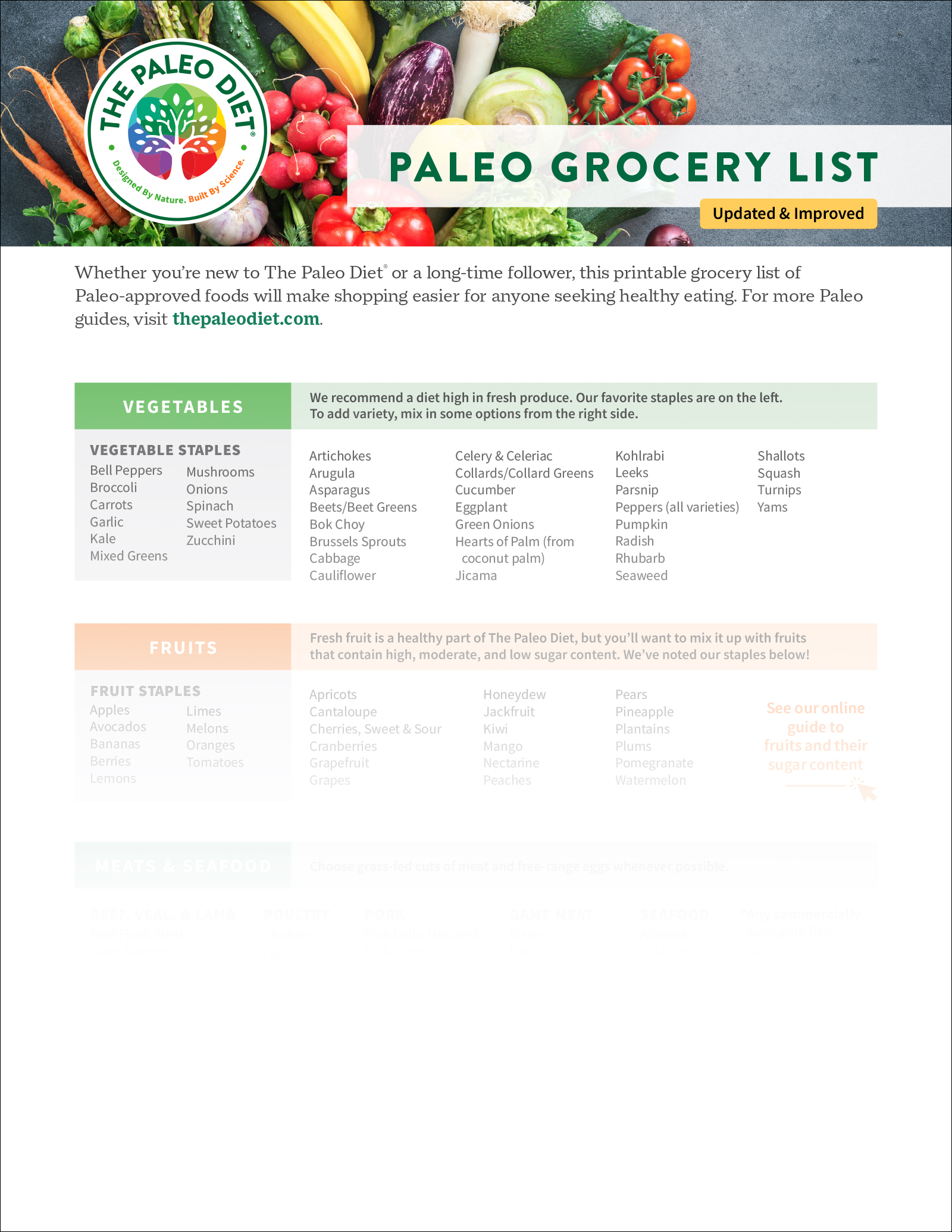You Know You Should Eat Healthy Choice Meals—Here’s Why It’s Still So Hard
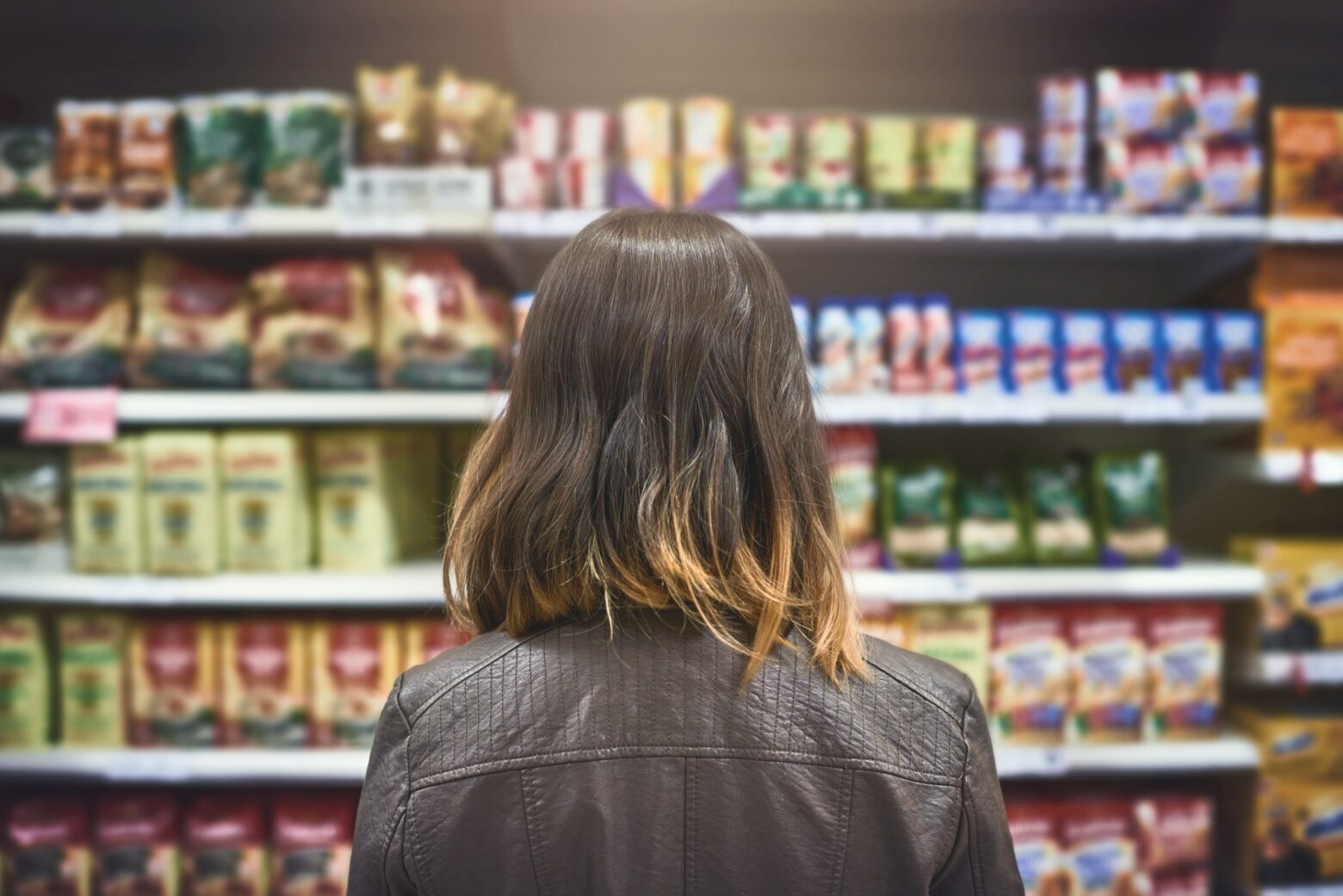
Most people don’t need another article telling them what healthy choice meals look like. If you’re reading this, you likely already know the basics: cook more, eat less sugar, prioritize whole foods, avoid the ultra-processed stuff. And yet, like millions of others, you may still find yourself reaching for the chips after a stressful day, skipping lunch only to binge late at night, or ordering takeout instead of cooking again.
This isn’t about a lack of willpower. It’s about biology, environment, and psychology all colliding in ways that override even our best intentions. If you’ve ever felt ashamed or frustrated about your food choices, you’re not alone and it’s not your fault—human brains didn’t evolve for restraint in a world of abundance. We’re wired to seek out energy-dense, salty/sweet/fatty foods because for most of human history those were rare and precious. Today, they’re everywhere. But the instinct hasn’t gone away.
Moreover, modern food environments are designed to exploit these instincts. From the supermarket checkout lane to late-night scrolling filled with food ads, we are constantly exposed to cues that light up the brain’s reward centers. Add in stress, poor sleep, or emotional exhaustion, and the equation gets even tougher. Logical thinking and long-term goals often take a backseat when your brain’s survival systems are triggered. That’s why “just try harder” doesn’t always work and why beating yourself up only makes things worse.
To consistently eat healthy choice meals, we have to understand what we’re up against. Because it’s not a personal failure. It’s a system mismatch and the first step is seeing it clearly.
What the Brain Is Up Against When Making Food Choices
The brain is designed to keep us alive, not to keep us on a meal plan. When it comes to food, especially highly palatable food, the brain acts less like a rational advisor and more like a smoke alarm: reactive, persistent, and difficult to ignore.
At the center of this response is dopamine, the brain’s primary reward signal. Foods high in sugar, salt, and fat trigger strong dopamine releases, reinforcing the message that these foods are important and should be repeated. Over time, the brain starts reacting more to the cues, such as the smell of pizza, a glowing drive-thru sign, or the sound of a chip bag opening, than to the food itself. The craving may not come from hunger, but from a learned association with pleasure and relief.1
Stress makes this even harder. When cortisol levels rise, the brain looks for immediate comfort, often in the form of calorie-dense or familiar foods. At the same time, the prefrontal cortex, which governs decision-making and self-control, becomes less active.2 This is why the part of you that wants to eat well can feel out of reach when you’re under pressure.
Then there is the emotional side: emotional eating isn’t just about indulgence. It’s often a learned coping response. According to affect regulation theory, the brain begins to associate palatable foods with emotional relief. When eating reduces stress or soothes discomfort, that behavior is reinforced and becomes more likely to occur again.
Over time, the repeated link between negative emotions and eating can become automatic. Even the presence of emotional distress alone may trigger the urge to eat—not because of hunger, but because the brain has learned that food provides comfort.3
Environmental Cues and the Modern Food Landscape
Even with a solid understanding of nutrition, most people underestimate the degree to which their environment shapes their choices. Research in behavioral science and neuroeconomics consistently shows that humans make the majority of their daily food decisions passively, cued by context rather than intention. What’s visible, accessible, and socially reinforced tends to win out over ideal healthy choice food.4
Food marketers know this well. Modern grocery stores are meticulously designed to amplify desire: end caps, impulse aisles, music tempo, and scent diffusers all work together to trigger automatic behaviors. Even digital environments from food delivery apps to Instagram algorithms create a steady stream of eating cues, often optimized for engagement rather than well-being. Therefore, for someone who is tired, stressed, or simply busy, the path of least resistance becomes the default.
Ultra-processed foods are designed to exploit this vulnerability. They are shelf-stable, tantalizingly flavored, and engineered for maximal reward with minimal effort. In contrast, nutrient-dense whole foods that make up healthy choice meals often require time, preparation, and a level of foresight that can feel out of reach in the moment.
In this context, personal responsibility is only part of the equation. If you’re swimming upstream against an environment built to bypass your better judgment, the answer isn’t more effort. It’s strategic redesign: shifting your defaults, simplifying decisions, and reclaiming some of the cognitive space currently spent battling against convenience.
RELATED: Managing the Mental Load of Meal Planning
How The Paleo Diet® Helps Simplify Healthy Choice Foods
In a world engineered to push convenience over nourishment, any sustainable way of eating needs to do more than educate; it needs to reduce psychic friction. One of the most overlooked strengths of The Paleo Diet is not just what it includes or excludes, but how it simplifies decision-making in a chaotic food landscape.
By focusing on whole, minimally processed foods that are naturally free from additives, refined sugars, and industrialized oils, Paleo offers a dietary pattern that is inherently lower in various triggers. This removes many of the foods that hijack dopamine reward loops, not by sheer discipline, but simply by absence. The thinking is: when the cues are gone, over time, the cravings will follow.
Equally important is the reduction in food noise, also called food-related intrusive thoughts, that can impact food choices.5 The Paleo Diet doesn’t require constant calorie tracking, macro juggling, or debating glycemic index values over every bite. It offers a predictable foundation of quality proteins, fibrous vegetables, fruits, nuts, seeds, and healthy fats—making it easier to default to foods that are satiating, nutrient-dense, and metabolically stabilizing.
For individuals who are already well-versed in nutrition, this may sound simplistic. But simplicity is precisely the point. In environments saturated with choices, the brain favors patterns that minimize cognitive load. The Paleo Diet, when approached flexibly and without rigidity, becomes a stabilizing framework that aligns with both ancestral biology and modern behavior change science through reducing decision fatigue and simplifying dietary choices.
It is not about purity or perfection. It is about consistency, predictability, and creating conditions where better, healthy choice meals require less mental effort. That, in itself, is a powerful form of nutritional freedom.
The Importance of Compassion and Small Wins
When it comes to food, people are often harder on themselves than they are on anyone else. They often assume a moment of indulgence means failure, that struggling with consistency means a lack of discipline, or that knowing better should automatically translate into doing better. But human behavior doesn’t work that way, especially not around something as emotionally and physiologically complex as food.
What we eat is rarely just about fuel. It’s about identity, culture, memory, and emotion. Food choices don’t live in a vacuum. They reflect and are influenced by everything from stress levels to social settings to sleep patterns. And most of that happens beneath the surface of conscious awareness.
This is why compassion matters. Not as an excuse, but as a strategy. Self-judgment rarely leads to better decisions. But curiosity and kindness can. When we recognize the forces shaping our behavior, we become better equipped to design around them. In this framework, success isn’t defined by perfection. It’s defined by showing up and by stacking small wins and building systems that support you, even on your hardest days.
The Paleo Diet, with its emphasis on nutrient density and simplicity, can be one such system. It’s not a silver bullet, but it can make the path a little clearer, a little calmer, and a lot more doable. The goal is to eat in a way that respects your biology, honors your reality, and helps you feel more like yourself again.
Real change doesn’t come from trying harder. It comes from choosing better environments, gentler stories, and systems that support who you’re becoming, one meal at a time.
References
- Guyenet, S. J. (2017). The Hungry Brain: Outsmarting the instincts that make us overeat. Flatiron Books.
- Ulrich-Lai, Y. M., Fulton, S., Wilson, M., Petrovich, G., & Rinaman, L. (2015). Stress exposure, food intake and emotional state. Stress (Amsterdam, Netherlands), 18(4), 381–399. https://doi.org/10.3109/10253890.2015.1062981
- Reichenberger, J., Schnepper, R., Arend, A. K., & Blechert, J. (2020). Emotional eating in healthy individuals and patients with an eating disorder: evidence from psychometric, experimental and naturalistic studies. The Proceedings of the Nutrition Society, 79(3), 290–299. https://doi.org/10.1017/S0029665120007004
- Cohen, D. A., & Babey, S. H. (2012). Contextual influences on eating behaviours: heuristic processing and dietary choices. Obesity reviews: an official journal of the International Association for the Study of Obesity, 13(9), 766–779. https://doi.org/10.1111/j.1467-789X.2012.01001.x
- Hayashi, D., Edwards, C., Emond, J. A., Gilbert-Diamond, D., Butt, M., Rigby, A., & Masterson, T. D. (2023). What Is Food Noise? A Conceptual Model of Food Cue Reactivity. Nutrients, 15(22), 4809. https://doi.org/10.3390/nu15224809
Brian Keenan, ND, DOM
Dr. Brian Keenan is a naturopathic doctor, doctor of East Asian medicine, and licensed acupuncturist whose work bridges ancient wisdom with modern science.
More About The Author

